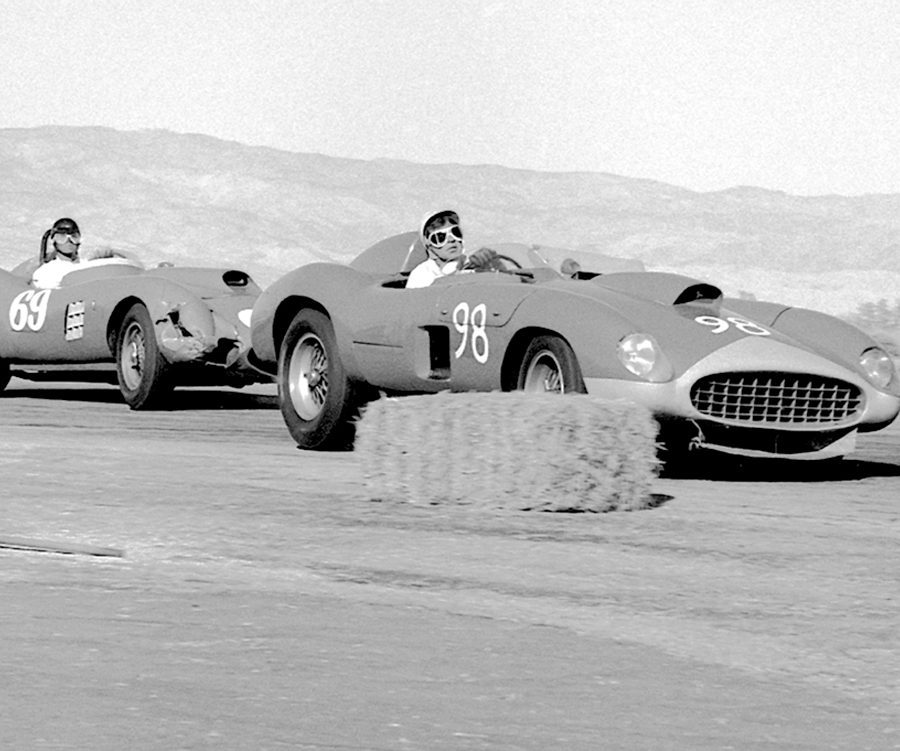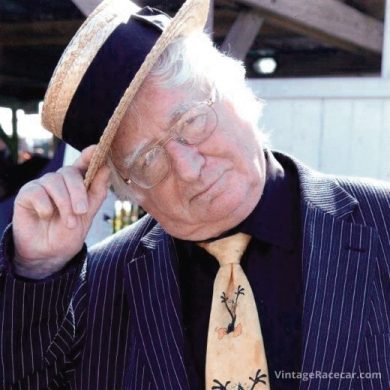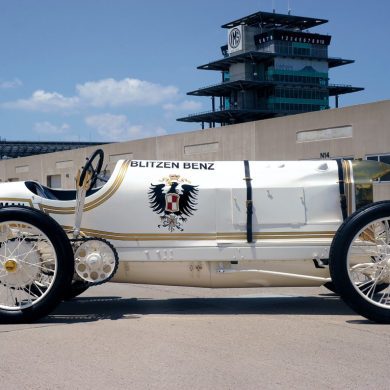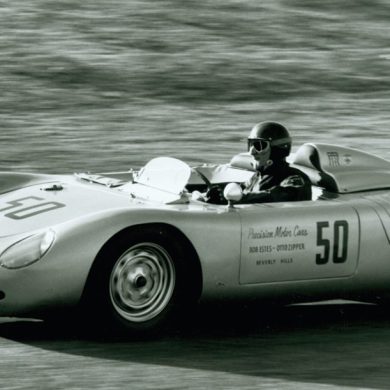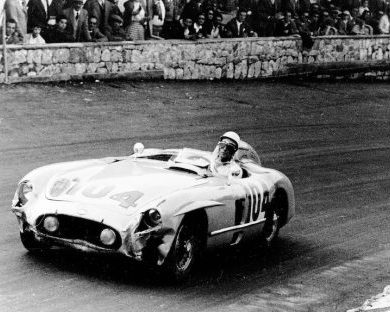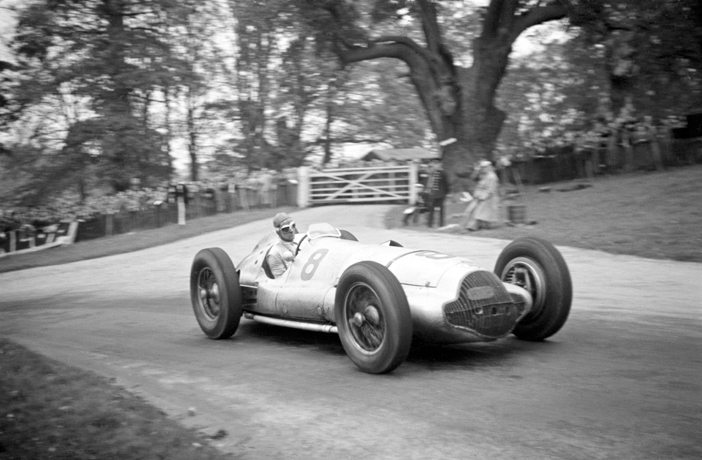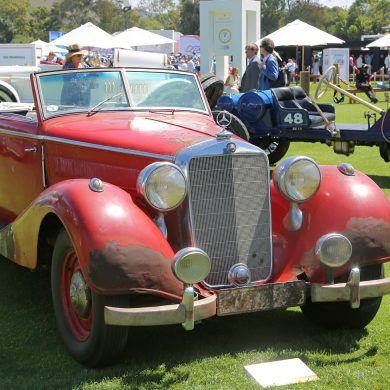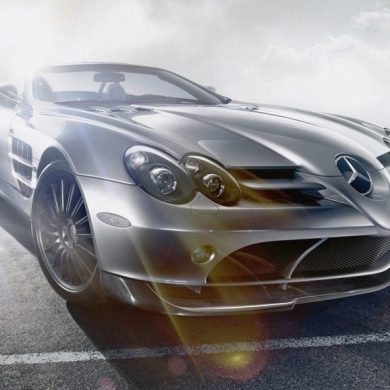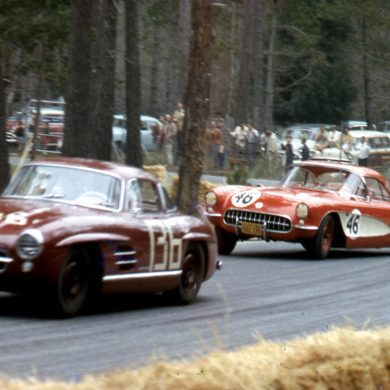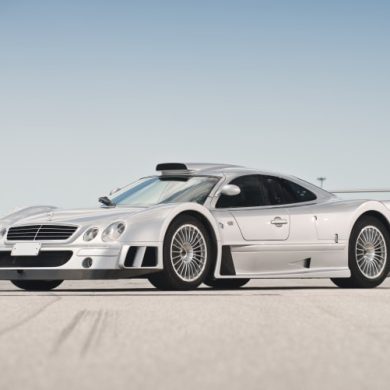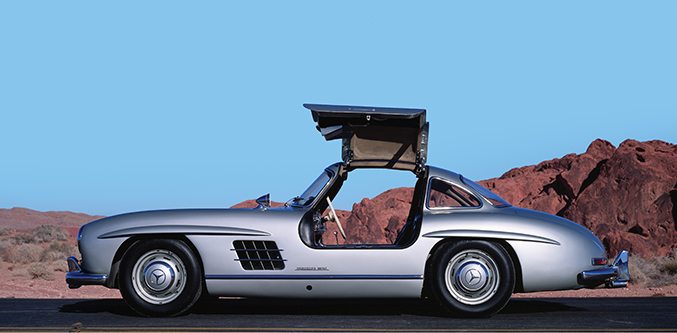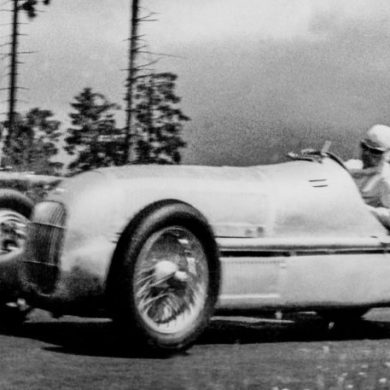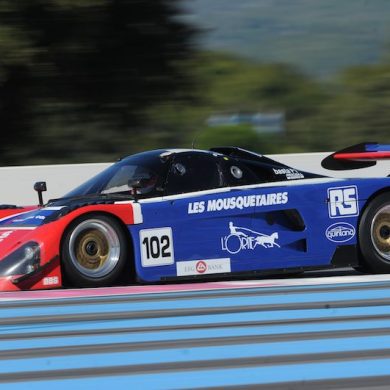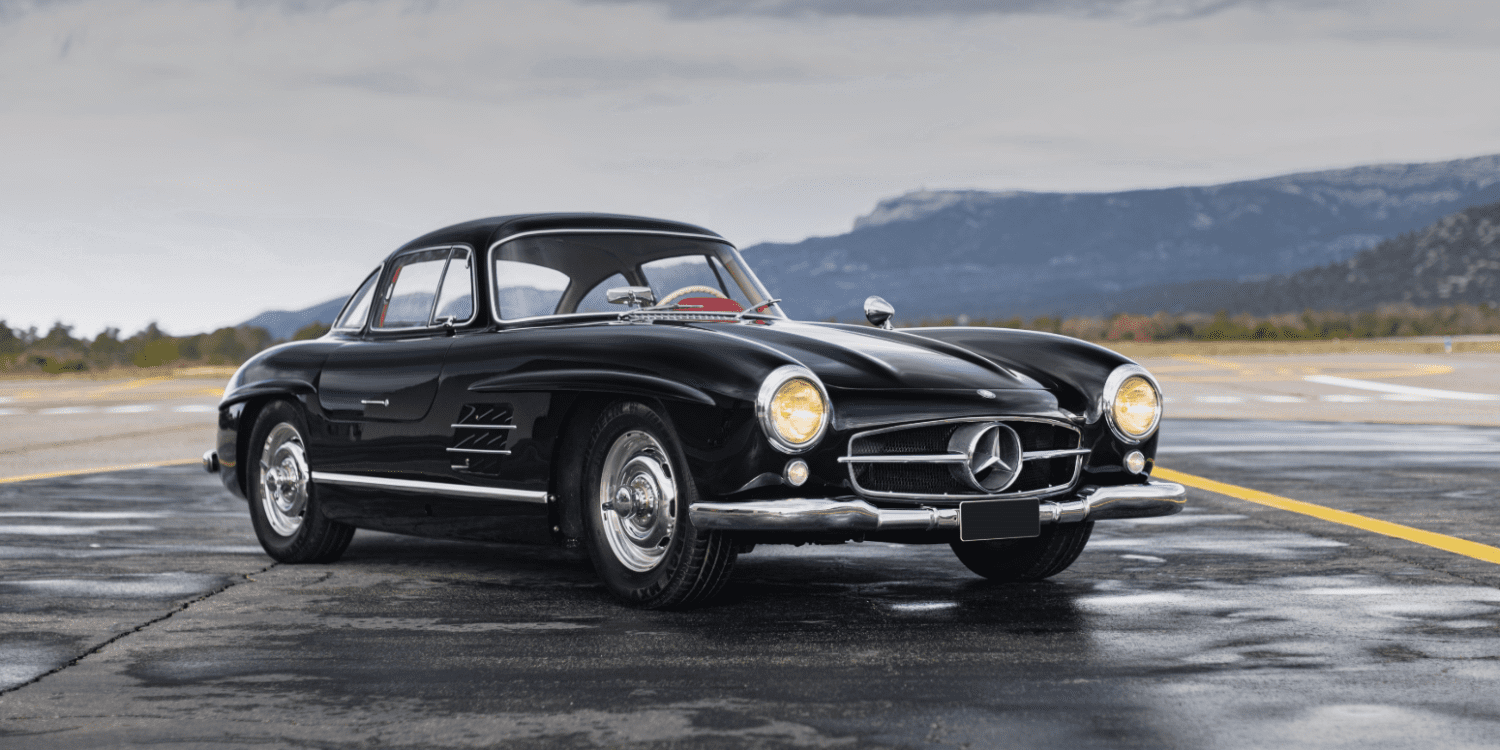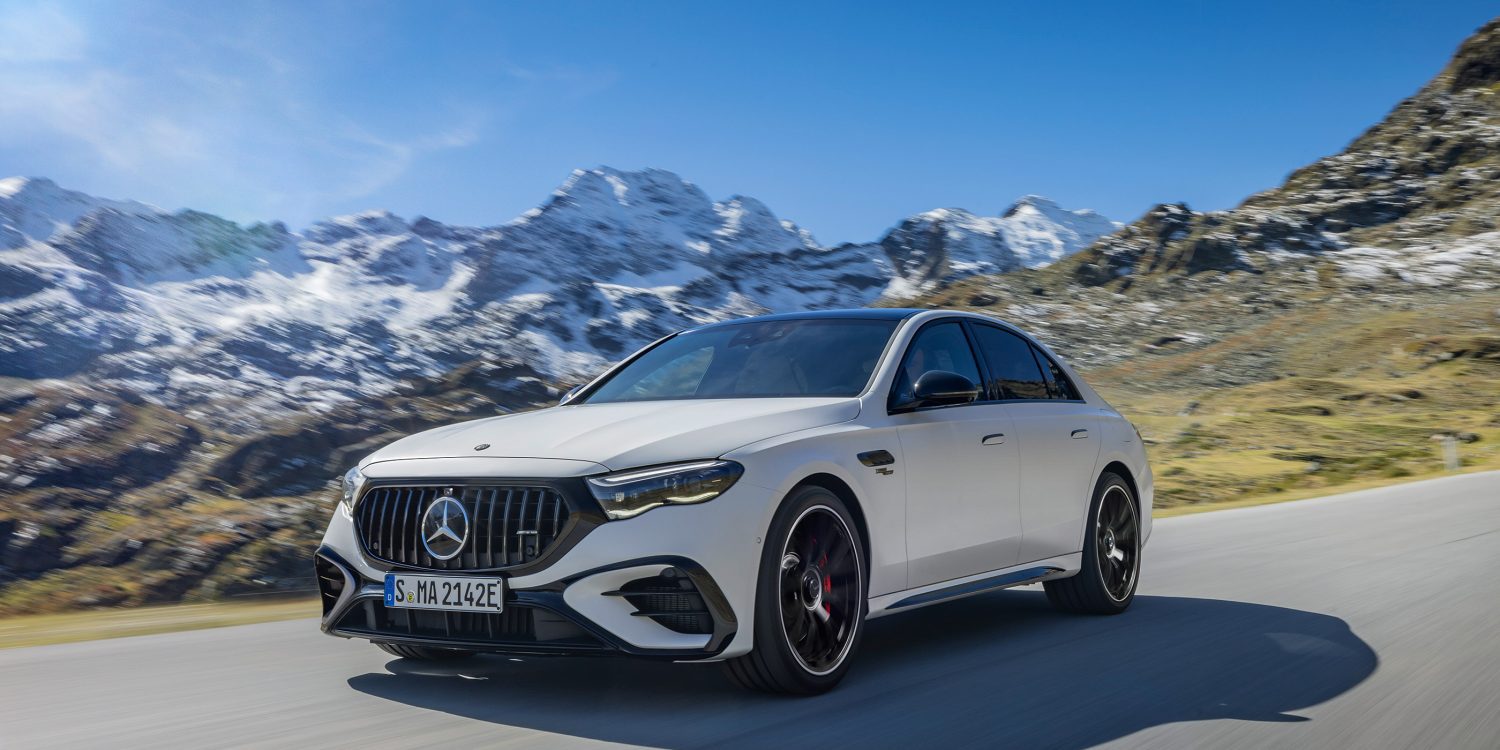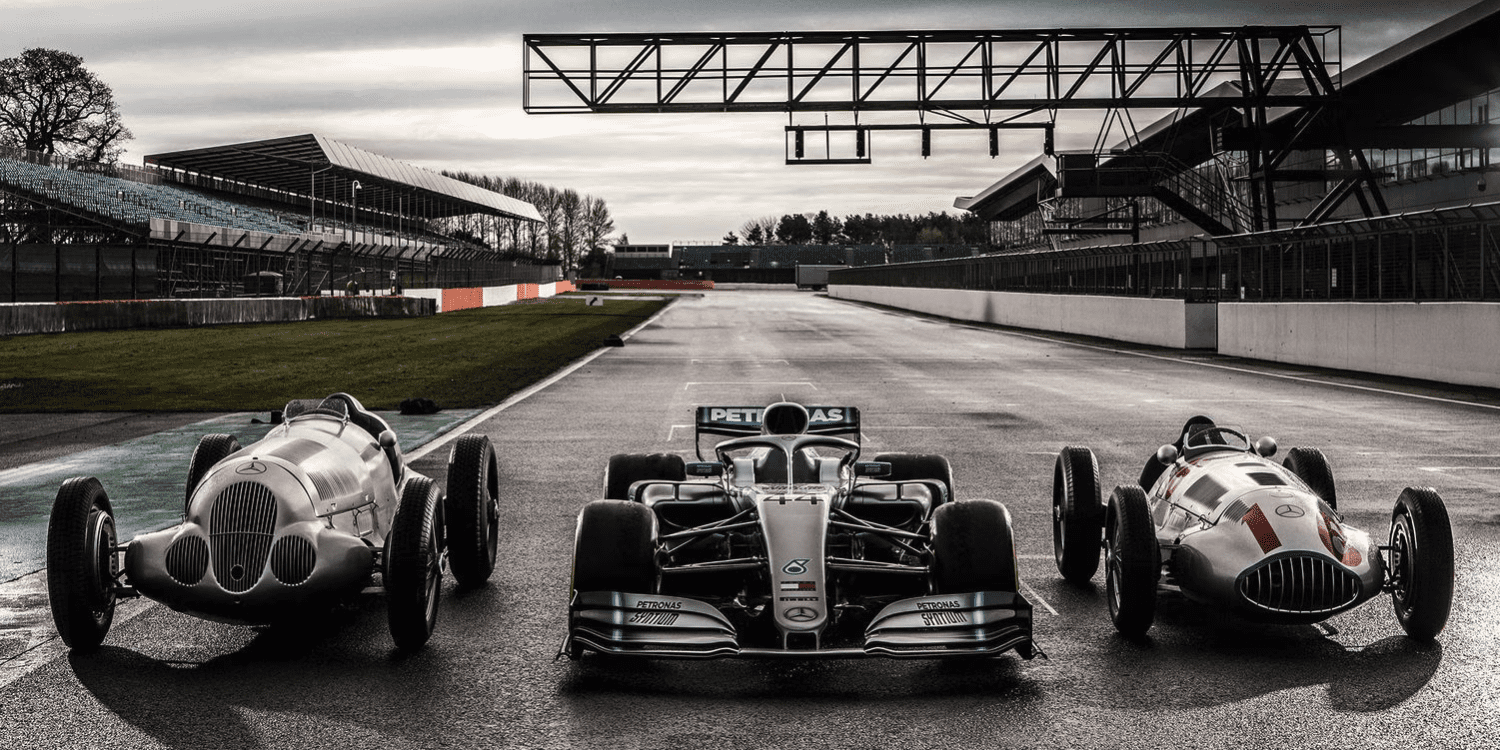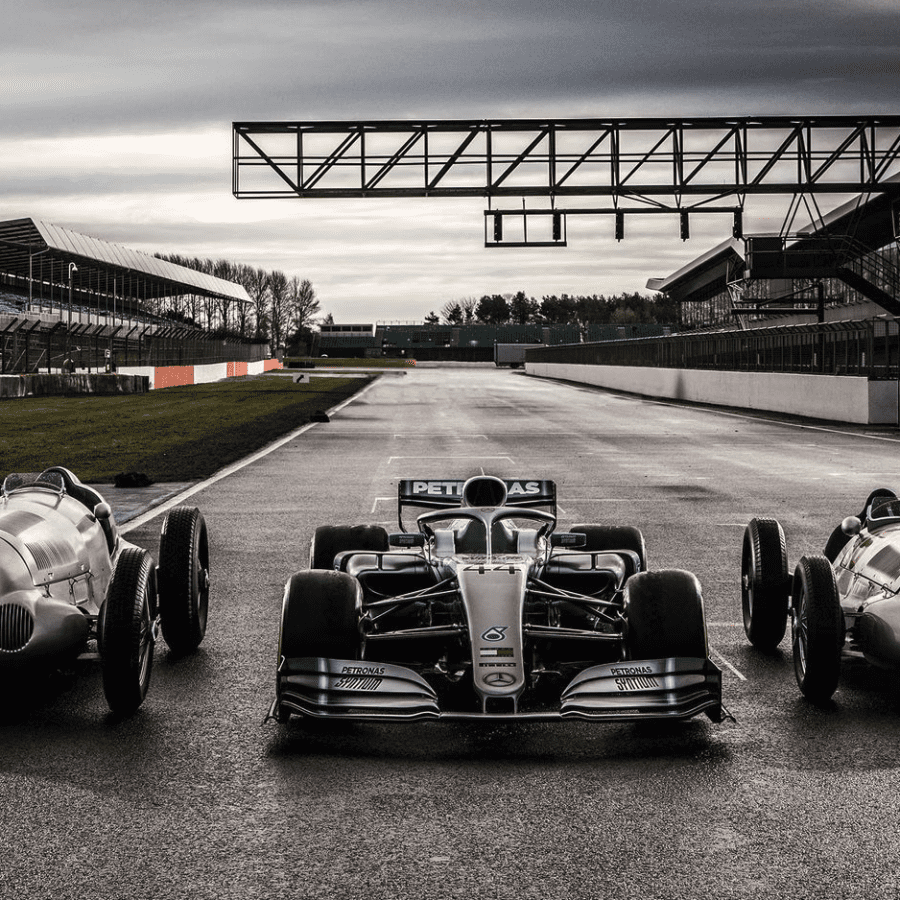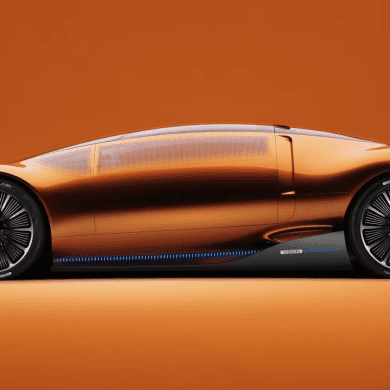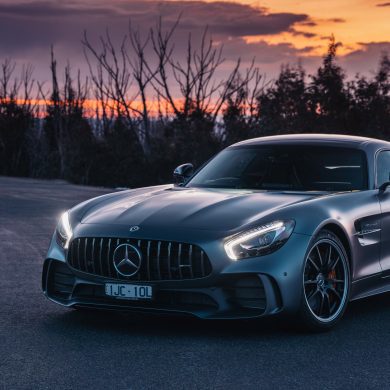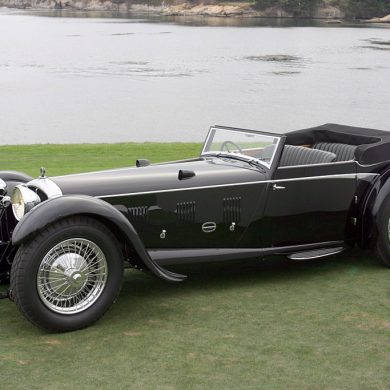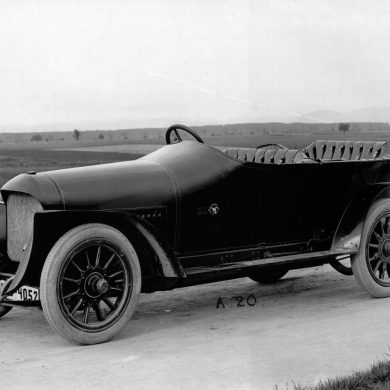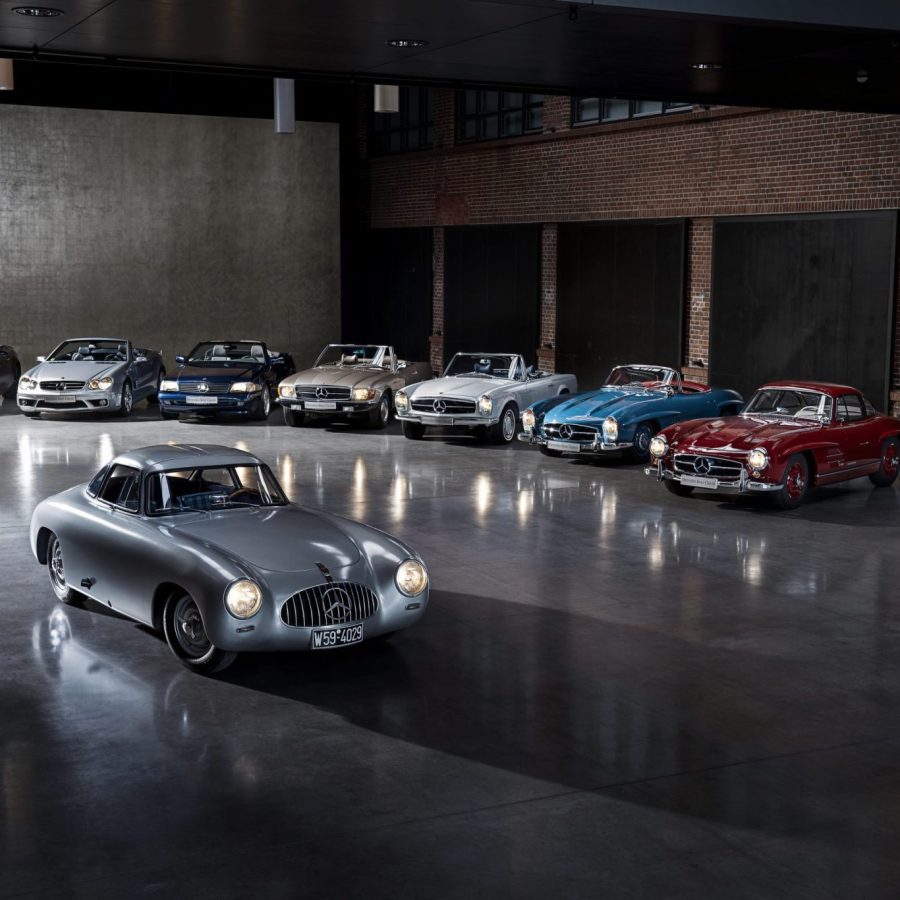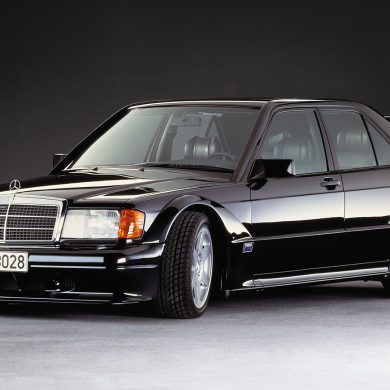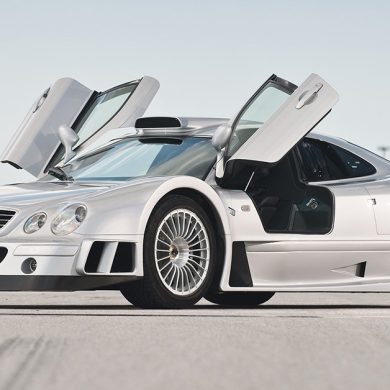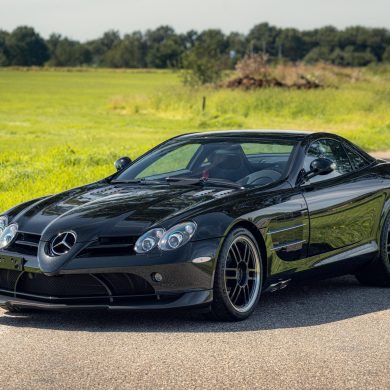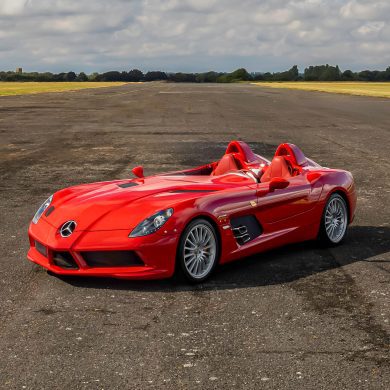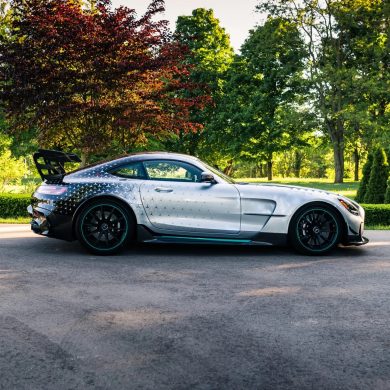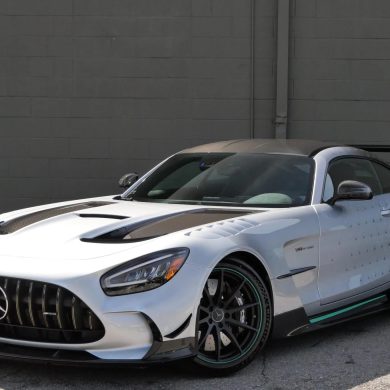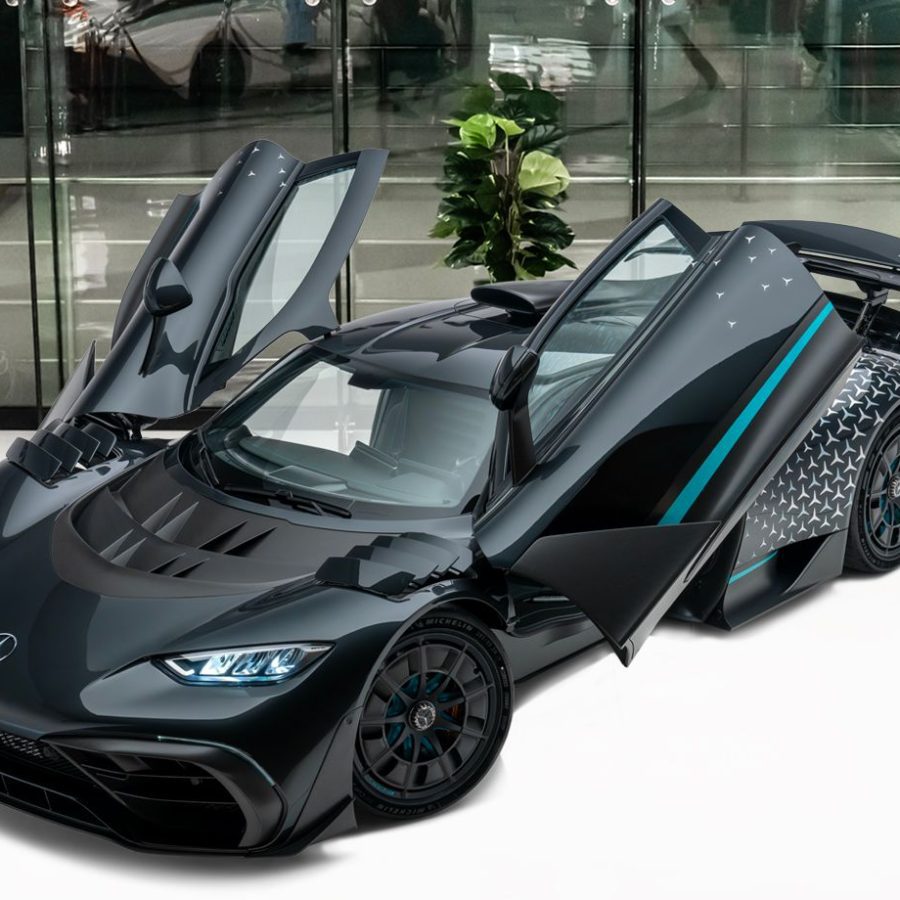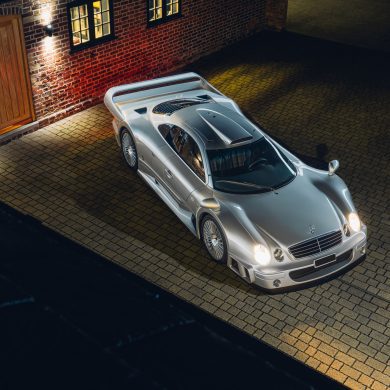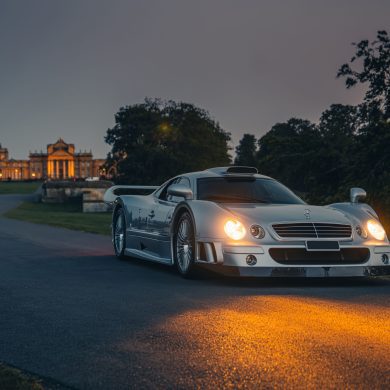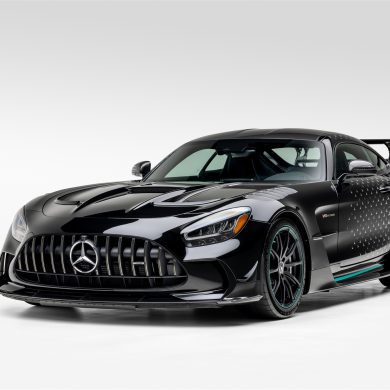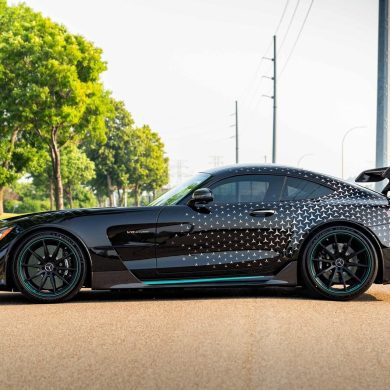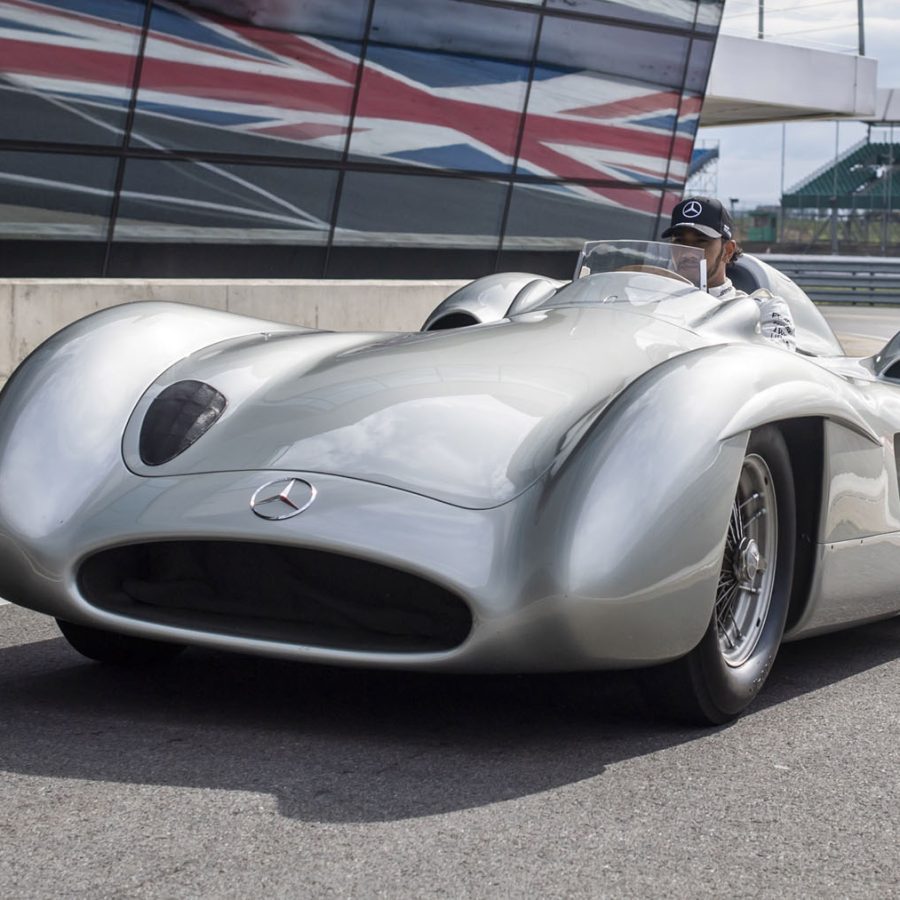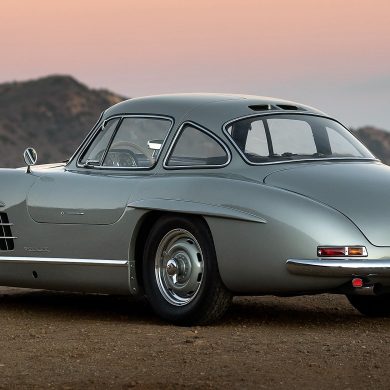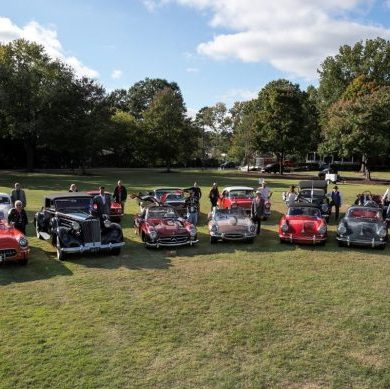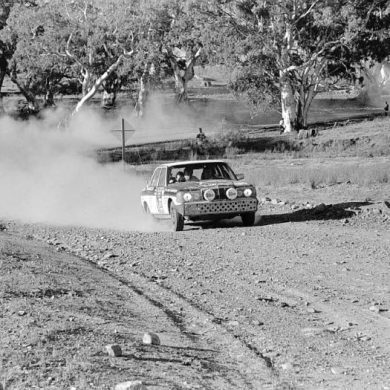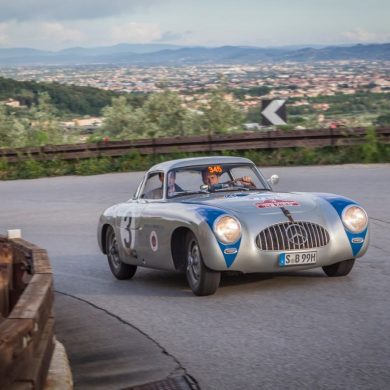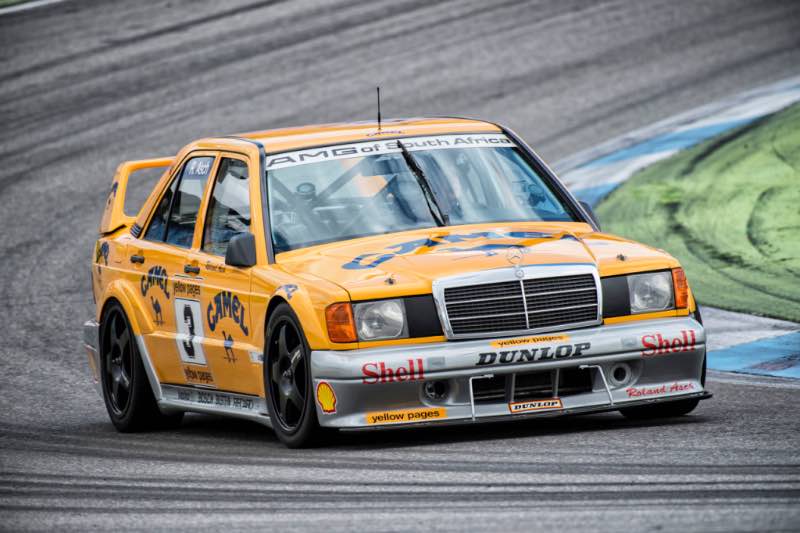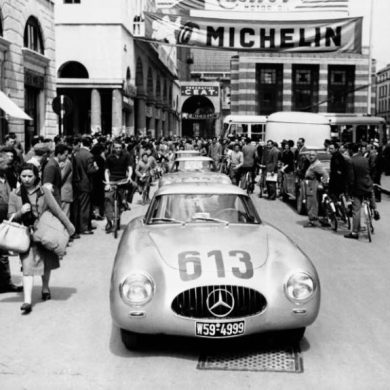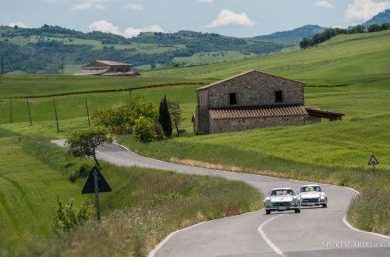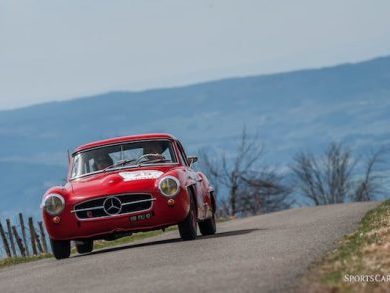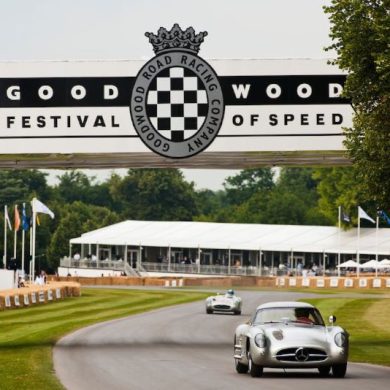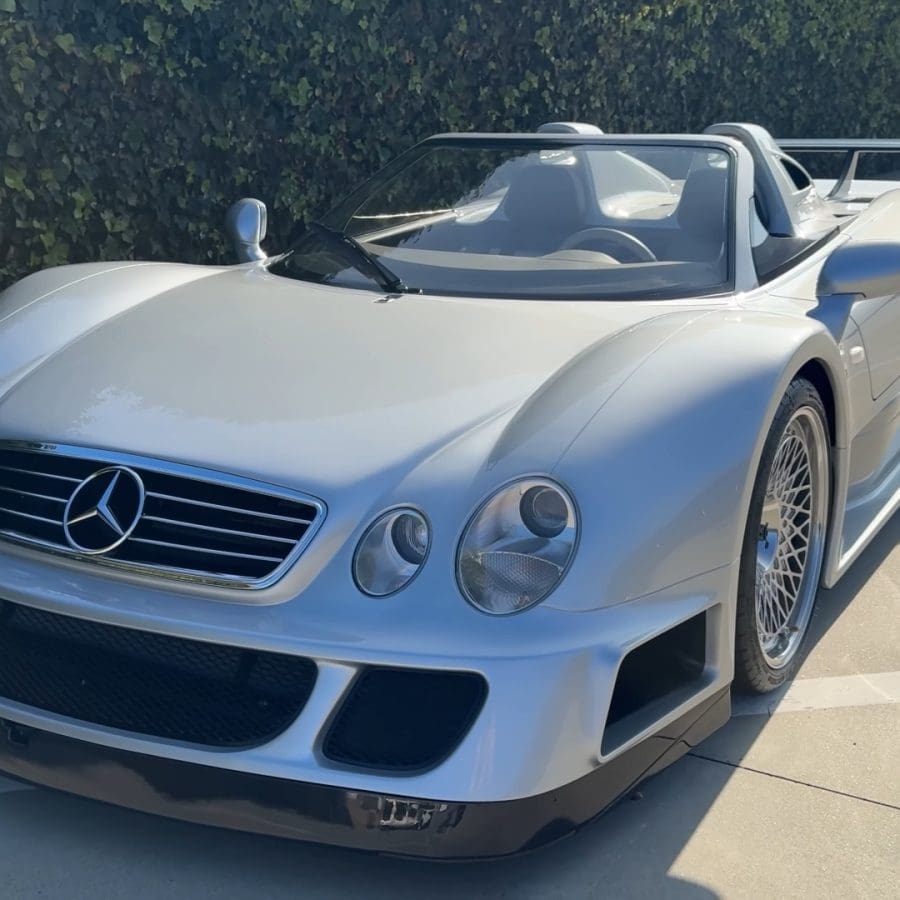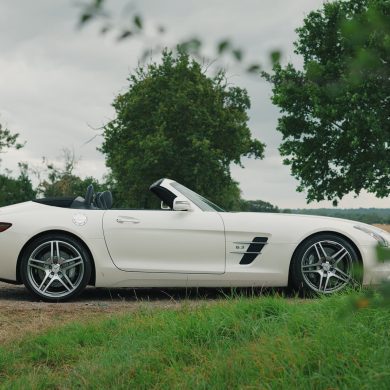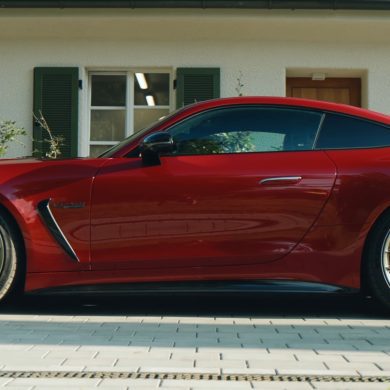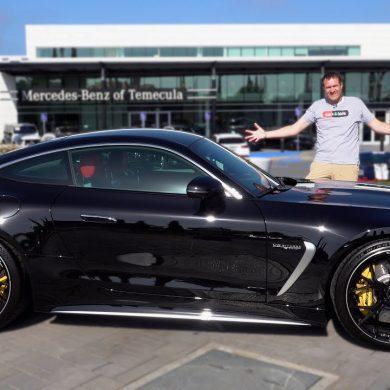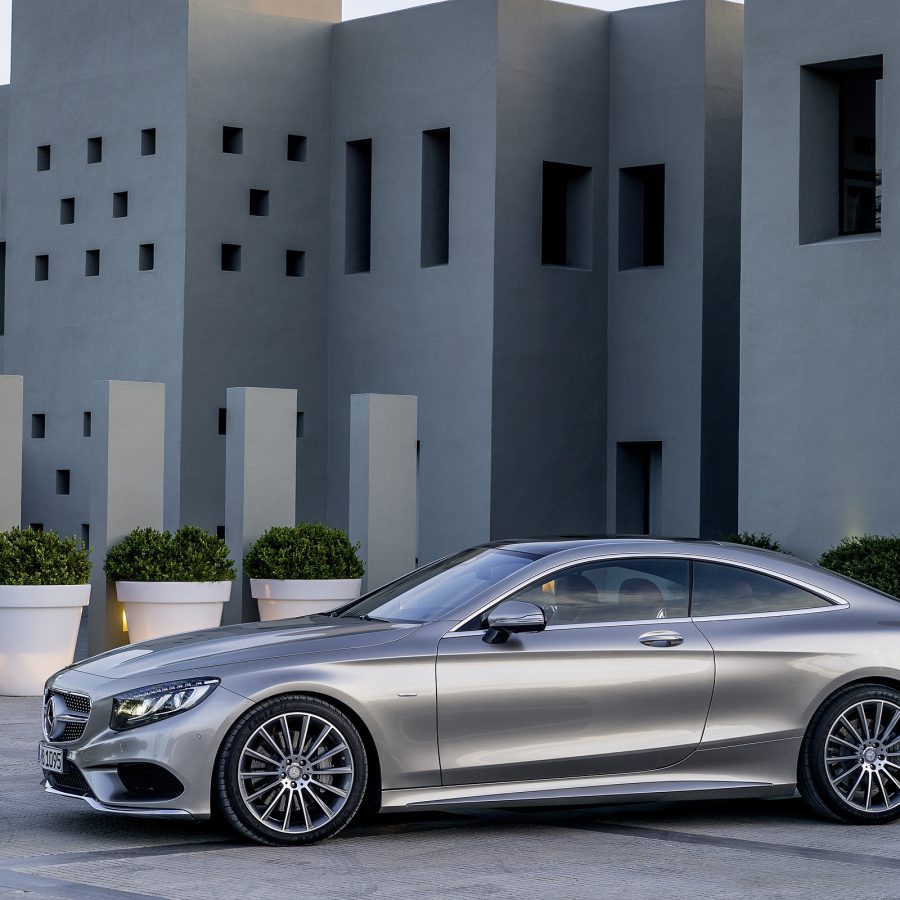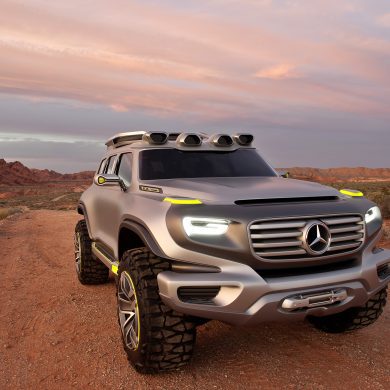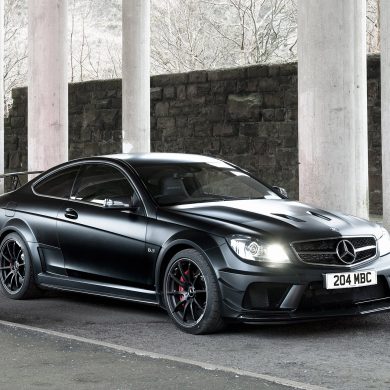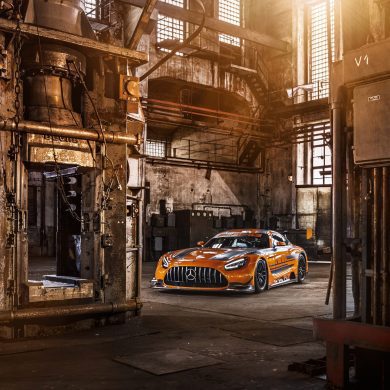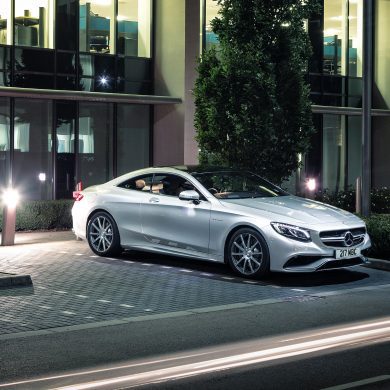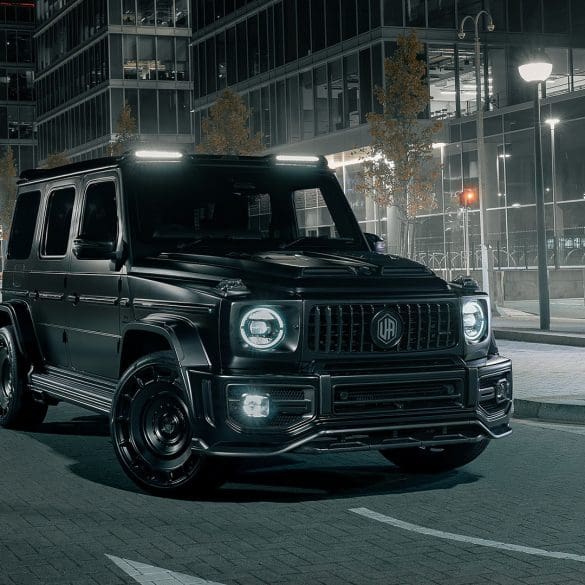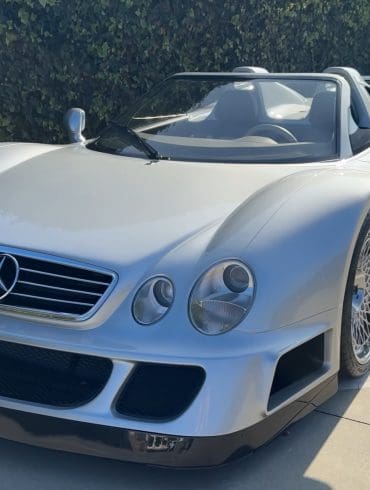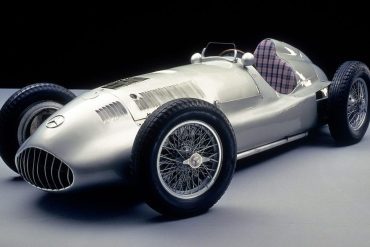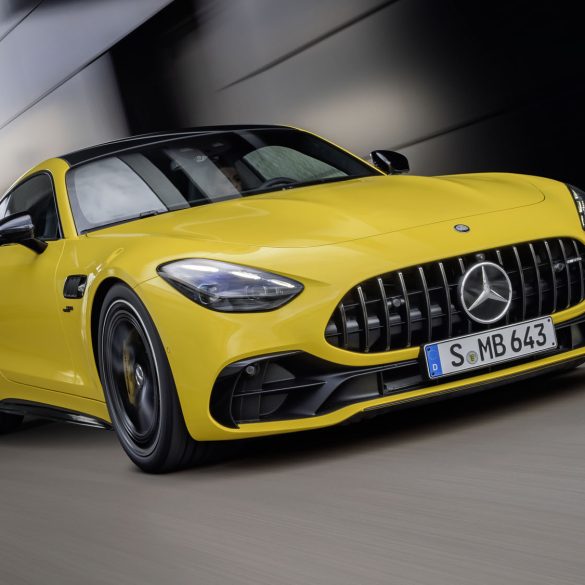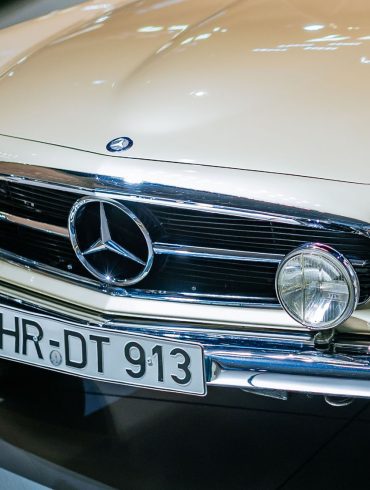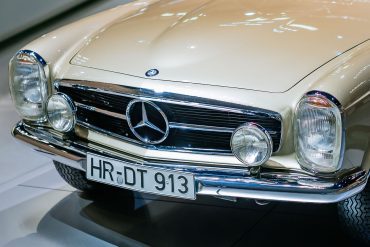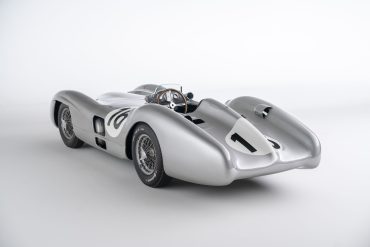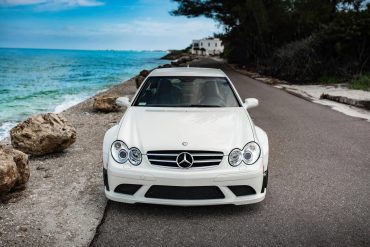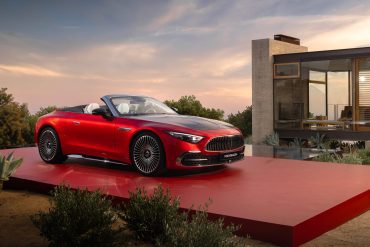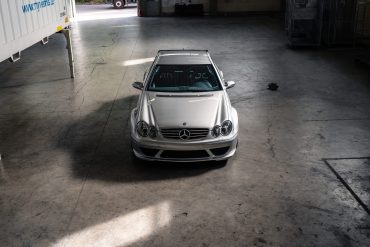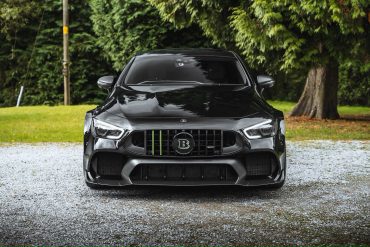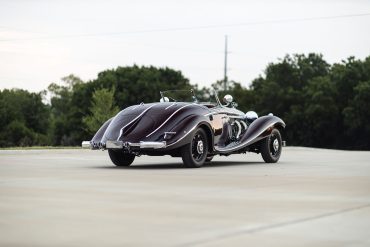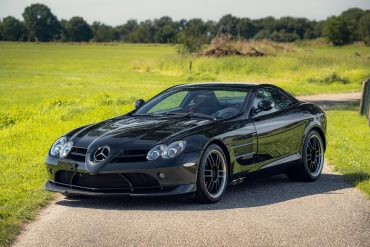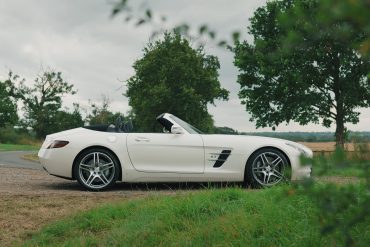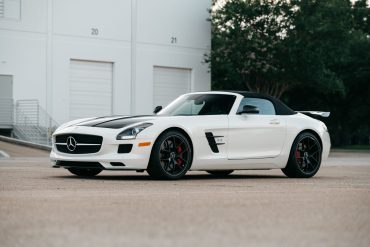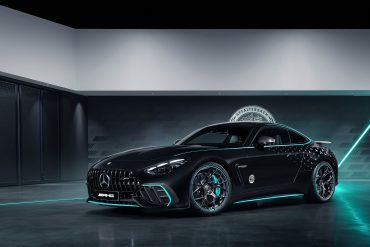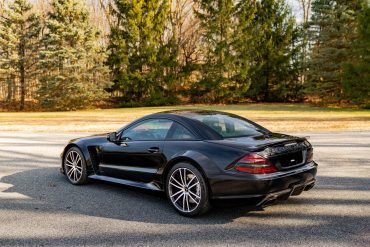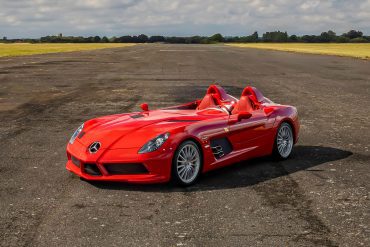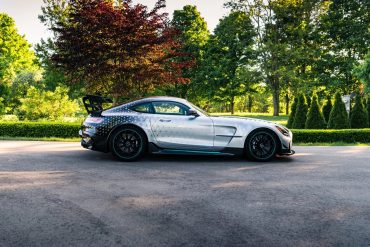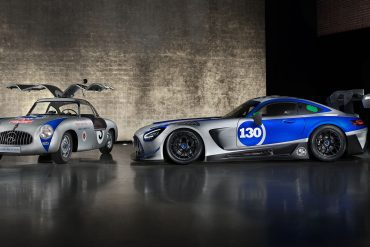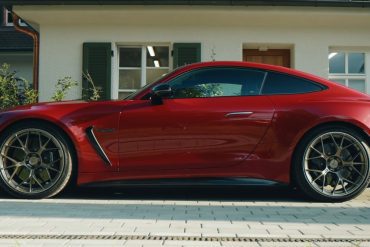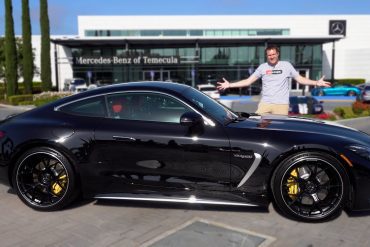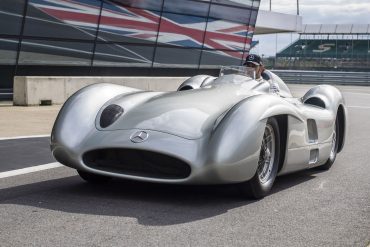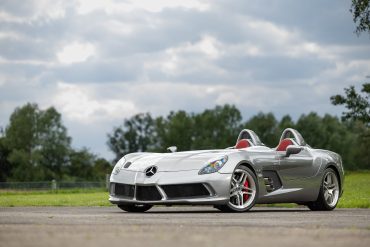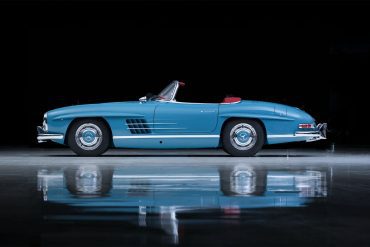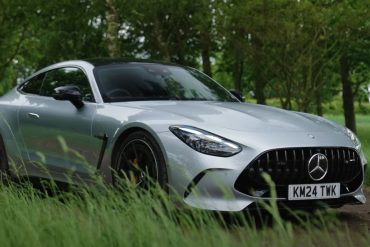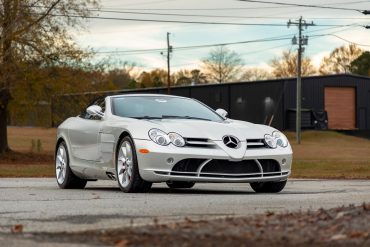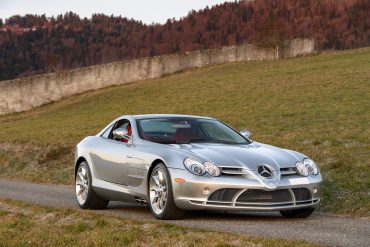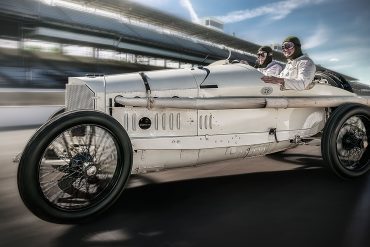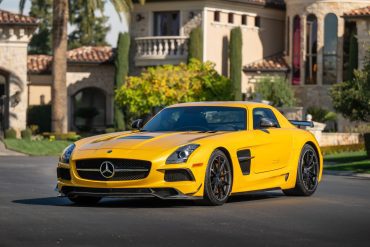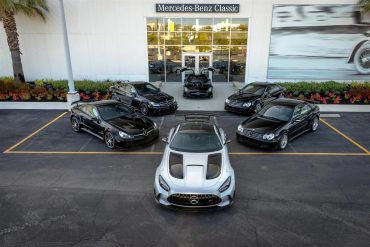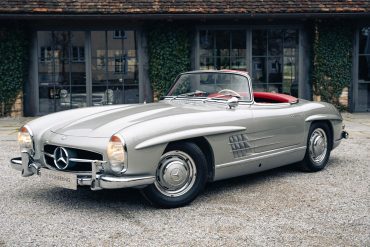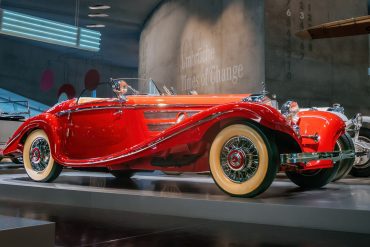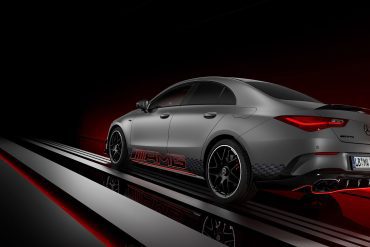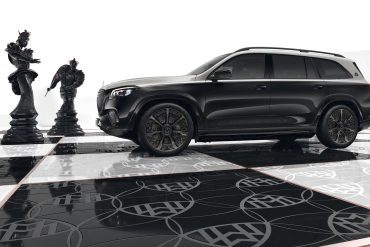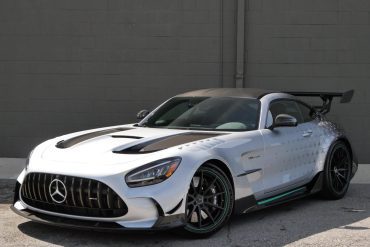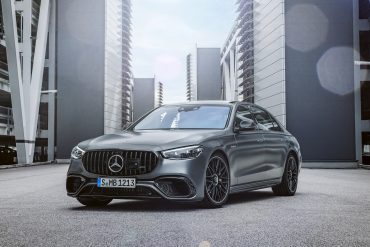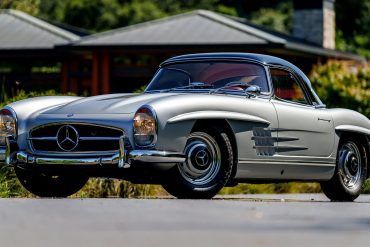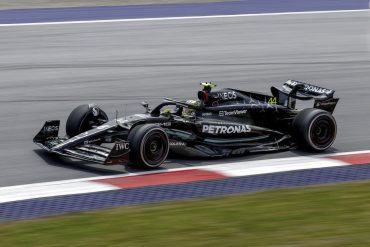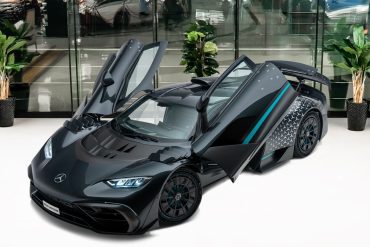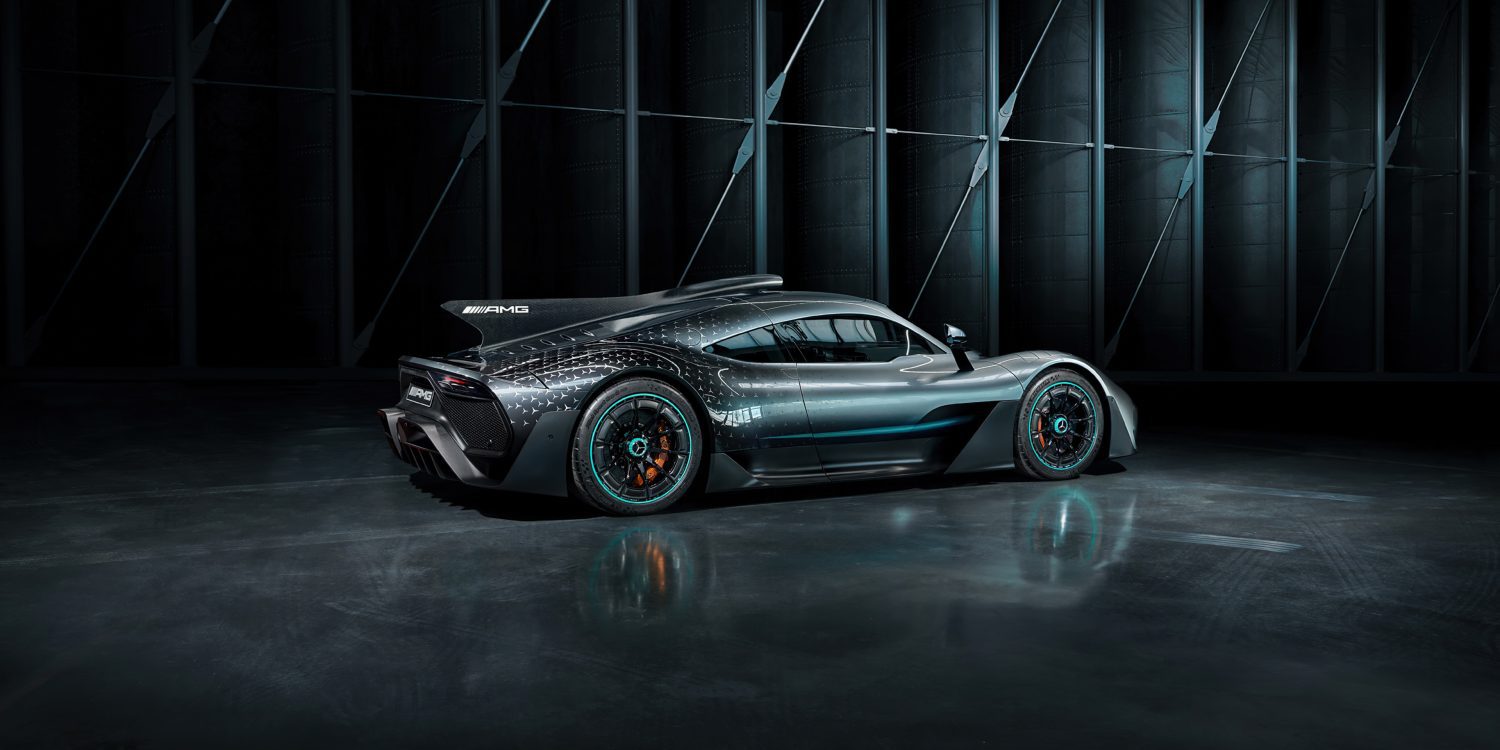
Mercedes-Benz
Research, History, Reviews, Media & More
News / Models / Current Lineup / Model Hubs / Features / The Market / Events / Videos / Images
From its origins in the pioneering days of the automobile to its current status as a global automotive icon, Mercedes-Benz has consistently pushed the boundaries of engineering and design, creating a legacy that continues to inspire and captivate.
The story of Mercedes-Benz begins with two German engineers, Karl Benz and Gottlieb Daimler, who independently pioneered the development of the internal combustion engine and the automobile in the late 19th century. Benz patented the first production automobile in 1886, the Benz Patent-Motorwagen, while Daimler, along with his partner Wilhelm Maybach, created their own groundbreaking vehicles. In 1926, these two pioneering companies merged to form Daimler-Benz AG, laying the foundation for the Mercedes-Benz brand we know today.
From the very beginning, Mercedes-Benz has been driven by a philosophy of "The best or nothing," a quote attributed to Gottlieb Daimler. This commitment to excellence is evident in every aspect of their vehicles, from the meticulous engineering and craftsmanship to the luxurious appointments and cutting-edge technology. Mercedes-Benz cars are renowned for their performance, safety, comfort, and prestige, embodying a blend of sophistication and innovation that sets them apart.
Throughout its history, Mercedes-Benz has produced a remarkable array of iconic models that have captured the imagination of car enthusiasts worldwide. Here are just a few examples:
Mercedes 35 hp (1901): Considered the first modern automobile, this car set new standards for performance and design, establishing Mercedes as a pioneer in automotive engineering.
Mercedes-Benz SSK (1928): This supercharged sports car, with its powerful engine and elegant design, became a symbol of luxury and performance in the roaring twenties.
Mercedes-Benz 300 SL "Gullwing" (1954): With its iconic gullwing doors and groundbreaking technology, this sports car became an instant legend and remains one of the most desirable cars ever produced.
Mercedes-Benz 600 (1963): This luxurious limousine, favored by heads of state and celebrities, represented the pinnacle of automotive engineering and craftsmanship.
Mercedes-Benz S-Class (1972-present): The flagship sedan of Mercedes-Benz, renowned for its luxury, comfort, and technological innovation, has consistently set the standard for luxury automobiles.
Mercedes-Benz G-Class (1979-present): This rugged and capable off-road vehicle, originally designed for military use, has become an icon of luxury and adventure.
Mercedes-Benz continues to push the boundaries of automotive technology with its latest models, incorporating cutting-edge features like advanced driver-assistance systems, hybrid and electric powertrains, and luxurious interiors that redefine the driving experience. The company's commitment to innovation ensures that Mercedes-Benz will remain a leader in the automotive industry for generations to come.
From its humble beginnings to its current position as a global automotive powerhouse, Mercedes-Benz has consistently delivered vehicles that embody luxury, performance, and innovation. Their legacy of iconic models and groundbreaking technology continues to inspire and captivate, solidifying their place as one of the most respected and admired automotive brands in the world.
Mercedes Company Basics
Predecessors: Benz & Cie. (1883–1926), Daimler-Motoren-Gesellschaft (1890–1926), Mercedes (1901–1926)
Founded: 28 June 1926
Founders: Karl Benz, Gottlieb Daimler
Headquarters: Stuttgart, Germany
Did You Know?
Bertha Benz, wife of Karl Benz, was instrumental in the early success of the company. In 1888, she took the Patent-Motorwagen, her husband's invention, on the world's first long-distance automobile journey, a 106 km trip from Mannheim to Pforzheim. This daring adventure proved the viability of the automobile and generated significant publicity for Benz's creation.
The name "Mercedes" comes from Mercédès Jellinek, the daughter of Emil Jellinek, a wealthy Austrian businessman and car enthusiast. Jellinek was so impressed with Daimler's cars that he ordered several, requesting they be named "Mercedes" after his daughter. The name stuck, and in 1902, "Mercedes" was registered as a trademark.
Mercedes-Benz has a long tradition of pushing the limits of speed. In 1938, Rudolf Caracciola set a world land speed record of 432.7 km/h (268.9 mph) in a modified Mercedes-Benz W125, a record that stood for almost 80 years.
In 1965, Mercedes-Benz created a modified 600 Pullman Landaulet for Pope Paul VI. This unique vehicle, with its raised platform and transparent bulletproof dome, became the iconic "Popemobile" and served several Popes over the years.
More Mercedes
The best or nothing!
Gottlieb Daimler


